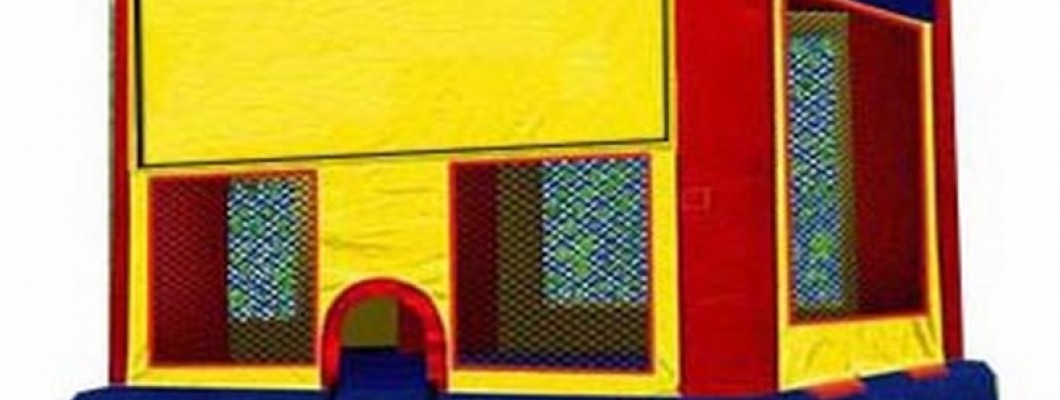
Bounce houses are a great addition to parties and outdoor events, providing hours of fun for kids and adults alike. However, weather conditions can significantly impact the safety of using inflatable structures. Wind is one of the most critical factors to consider. So, can a bounce house be used in windy conditions? The answer depends on several safety guidelines, which must be followed to ensure a safe experience for everyone.
Understanding Wind Limits
Inflatable bounce houses are designed for safe use in mild weather, but they become hazardous in strong winds. Most manufacturers recommend that bounce houses should not be used in winds exceeding 15-20 mph (24-32 km/h). This is because high winds can cause the inflatable to become unstable, potentially lifting it off the ground and endangering anyone inside.
For safety reasons, it's essential to use a wind gauge to measure wind speed accurately if you’re unsure about the conditions. Even moderate gusts of wind can be dangerous and should not be underestimated.
Staking and Securing the Bounce House
In light winds, it is crucial to secure the bounce house properly. Stakes or sandbags are typically used to anchor the bounce house to the ground. Ensure that all tie-down points are secured and that the inflatable is not loosely tethered. Most bounce houses come with reinforced loops for added security, so make use of every anchoring point available.
However, even with proper anchoring, a bounce house should not be used in winds that exceed the manufacturer’s recommendations. No amount of anchoring can fully secure the inflatable in dangerous wind conditions.
What to Do in Case of Rising Winds
If the wind starts to pick up after the bounce house has been set up, it’s important to take immediate action:
- Turn off the blower and deflate the bounce house.
- Ensure that all children and adults exit the inflatable safely and quickly.
- Secure the bounce house by folding it or anchoring it to prevent it from becoming airborne.
Waiting until the winds get stronger can be extremely risky. Taking preventive measures when wind speeds increase will help ensure that everyone stays safe.
Signs of Unsafe Wind Conditions
Sometimes, it's not easy to tell whether the wind has become too strong for a bounce house. Here are some signs that indicate it’s time to stop using the inflatable:
- The bounce house walls are swaying noticeably.
- The structure is lifting slightly from the ground, despite being anchored.
- The children inside are unable to maintain balance while bouncing.
If you notice any of these signs, it's critical to shut down the bounce house immediately to prevent accidents.
Conclusion
While bounce houses provide fun and entertainment, they must be used responsibly in outdoor conditions. Windy weather can pose significant risks, and inflatables should not be used in winds exceeding 15-20 mph. Properly anchoring the bounce house is essential but does not make it safe in high winds. Always prioritize safety by monitoring wind speeds and taking action at the first sign of unsafe conditions.


